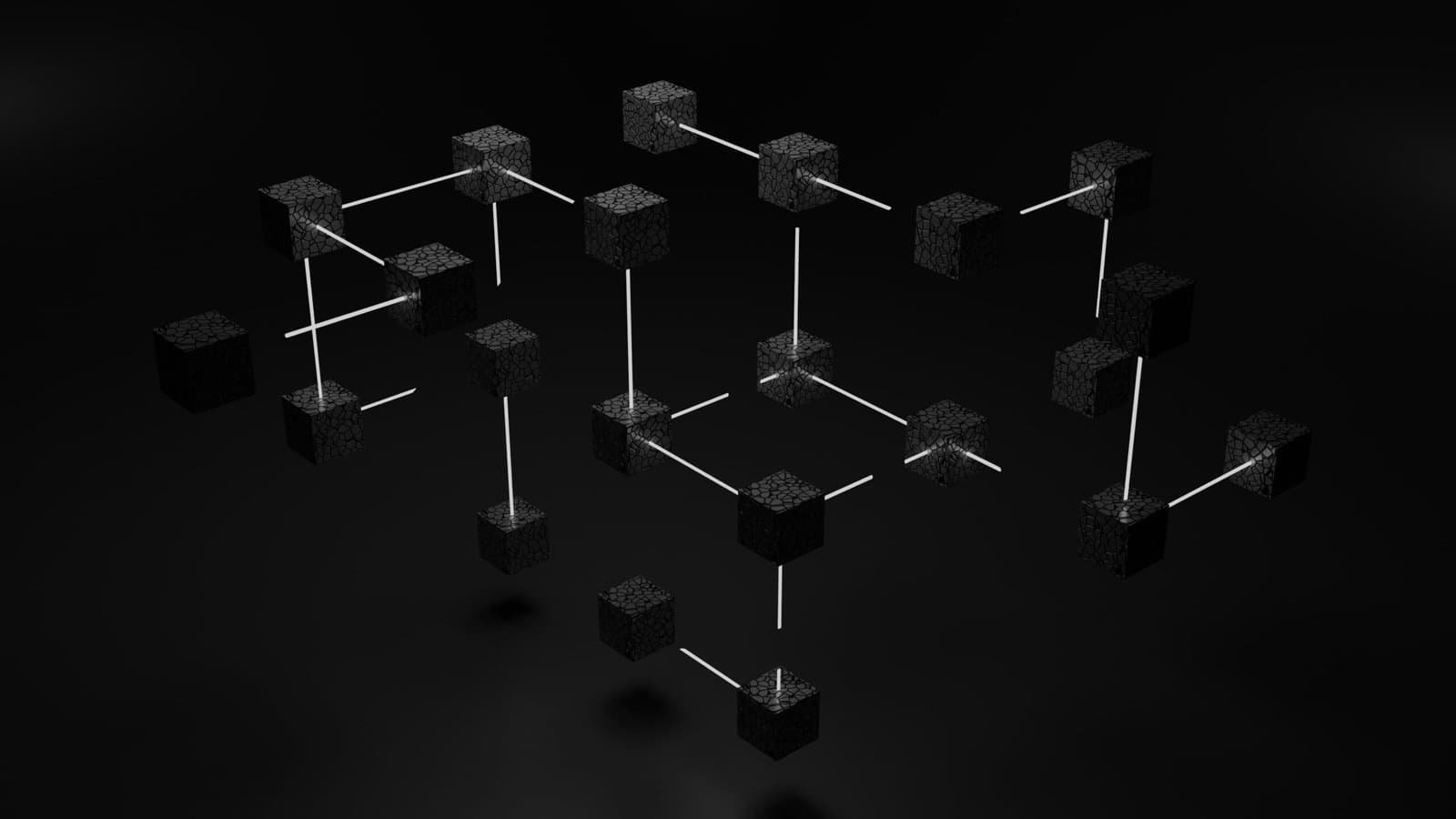Have you ever wondered how blockchain technology can be both scalable and efficient without compromising security? Rollups might just be the answer you’re looking for. Of all the different methods to improve blockchain capabilities, rollups stand out as a promising strategy.

Introduction to Rollups
Rollups represent a significant innovation in blockchain scalability. As the name suggests, rollups roll multiple transactions or smart contract executions into a single data set and submit it to the main blockchain (commonly known as layer 1 or L1). By doing this, they can increase throughput, reduce fees, and maintain the security and decentralization that blockchains strive for.
A Brief History
The need for rollups stemmed from increasing congestion on prominent blockchains like Ethereum, where transaction fees soared, and processing speeds dwindled. The community sought solutions, leading to the development of layer 2 scalability solutions, which include sidechains, plasma, state channels, and, of course, rollups. Each has its strengths, but rollups quickly gained traction due to their unique advantages.
Why Rollups?
Rollups address one of blockchain’s most significant challenges: scalability. Why should you care about rollups? As blockchain usage increases, the need for a solution that can efficiently manage tons of transactions without exorbitant fees becomes paramount. Rollups might just be the bridge between widespread blockchain adoption and the technology available today.
Types of Rollups
Rollups fall into two primary categories: Optimistic Rollups and zk-Rollups. Both offer unique methods of executing transactions, and understanding both can paint a comprehensive picture of what each can bring to the blockchain landscape.
Optimistic Rollups
Optimistic rollups assume that all transactions are valid and do not perform any computation by default. Instead, they aggregate transactions, maintaining data availability on layer 1 to ensure state accuracy. You might wonder about faulty transactions. Fraud proofs come into play here, whereby anyone can prove an incorrect transaction, keeping the system in check.
Advantages of Optimistic Rollups
- Efficient Computation: By not requiring immediate computation, they can offer significant performance improvements.
- Data Availability: Ensures that the data needed to re-process off-chain transactions is accessible.
- Scalability: They can significantly increase the transactions processed per second (TPS).
Challenges of Optimistic Rollups
- Fraud Proofs: Relying on fraud proofs can sometimes lead to longer finality times since users must wait for the dispute period to elapse before finalizing the transaction.
- Dependency on Honest Actors: Security hinges on someone spotting and challenging incorrect transactions, which requires alert participants.
zk-Rollups
zk-Rollups (short for zero-knowledge rollups) operate differently. They rely on cryptographic proofs known as zero-knowledge proofs. They verify all transactions mathematically, which removes the need for trust assumptions about the validity of the transactions.
Advantages of zk-Rollups
- Immediate Finality: zk-Rollups do not rely on the delay needed for detecting fraud, meaning transactions can be finalized quickly.
- Stronger Security Guarantees: Zero-knowledge proofs offer a higher security assurance as they provide transaction validity upfront.
- Privacy: The cryptographic nature ensures that sensitive information remains private.
Challenges of zk-Rollups
- Complexity in Development: zk-Rollups are more complex to develop due to the sophisticated mathematics behind zero-knowledge proofs.
- Higher Upfront Costs: These require more computational resources initially, which may lead to higher costs compared to optimistic rollups.
How Rollups Work
The way rollups function is akin to bundling all your shopping items before checking out, rather than paying for each one individually. This approach saves time and resources. By aggregating these transactions, they reduce the size and complexity of each individual transaction when it reaches the main blockchain.
Layer 1 and Layer 2
Understanding rollups requires understanding the relation between layer 1 and layer 2 solutions. Layer 1, the base layer, holds the main blockchain like Ethereum or Bitcoin. Layer 2 solutions, including rollups, work on top of the main blockchain to enhance its capabilities. They execute transactions off-chain but post data on-chain, preserving security and trust.
Transaction Aggregation
Rollups take individual transactions, roll them into a single proof, and submit them to the main chain. This aggregation reduces on-chain data, thereby lowering transaction fees and increasing transaction speed.
Security Model
Despite these transactions occurring off-chain, rollups maintain high security levels similar to the main blockchain. Both optimistic and zk-rollups rely on unique methods—fraud proofs and cryptographic proofs, respectively—to ensure safety and validity.
Achieving Scalability with Rollups
Scalability without sacrificing decentralization and security has long been referred to as blockchain’s trilemma. Rollups play a crucial part in overcoming this challenge. Let’s explore how.
Increased Transactions Per Second
With rollups, blockchains can support significantly higher transactions per second (TPS) since each transaction doesn’t need to be individually recorded on the main chain in real-time. This reduced congestion, in turn, opens doors for broader use of blockchain technology, ensuring that decentralized applications (dApps) run smoothly even with increased user load.
Lower Costs
Transaction costs are a major pain point for both developers and end-users in blocking technology. By minimizing the amount of data directly written to the blockchain, rollups significantly reduce gas fees. You may find this particularly beneficial if you intend to deploy large-scale dApps which require numerous transactions.
Preserving Security and Decentralization
An ideal scalability solution would not compromise the essential nature of blockchains—security and decentralization. Rollups achieve this by offloading computational tasks while maintaining the centralized consensus of the layer 1 blockchain, ensuring that the solution is trustworthy and safe.

Real-World Applications
The beauty of rollups is that they’re not just theoretical. Various projects and applications are actively leveraging them to solve real-world problems. Whether you’re a developer or an end-user, understanding how they impact real-world scenarios can offer actionable insights.
Ethereum and Beyond
Ethereum’s congested network was one of the first to explore rollup implementation. As Ethereum continues on its path towards 2.0, rollups are expected to be an integral part of its scalability solutions. However, Ethereum isn’t the only blockchain eyeing rollup technology. Other blockchains are adopting them as part of their scalability strategy.
Decentralized Finance (DeFi)
DeFi has been one of the greatest beneficiaries of rollup technology. The ability to process numerous transactions efficiently without exorbitant fees is crucial for DeFi platforms offering services like swaps, lending, and yield farming. Rollups ensure these platforms continue to operate efficiently despite increasing user numbers.
Non-Fungible Tokens (NFTs)
NFTs have exploded in popularity, resulting in increased demand on the blockchains that host these transactions. Rollups offer an attractive solution to handle this demand without escalating costs or delays. They also present opportunities for developers to create scalable NFT platforms that support a high volume of transactions.
Future of Rollups in Blockchain
The potential for rollups extends far beyond their current usage. As blockchains continue their quest for optimal scalability, rollups are expected to evolve and adapt over time.
Innovations and Improvements
The blockchain space is synonymous with rapid innovation. New advancements in rollup technology are continually being researched, such as improving their efficiency and reducing their complexity. If you’re inclined towards technology, keeping an eye on these developments will be crucial.
Interoperability with Other Solutions
Rollups are increasingly being seen in tandem with other layer 2 solutions for comprehensive scalability strategies. Combined with plasma chains, state channels, or shard chains, the future will likely witness more hybrid solutions designed to leverage the strengths of each method.
Broader Adoption
As the blockchain industry matures, the broader adoption of rollups is inevitable, given their advantages. With developments focused on minimizing their complexities and enhancing user experience, rollups may well step out of the niche developer community and into the broader world, influencing how blockchains operate and helping them become mainstream.

Evolving Landscape and Challenges Ahead
You’ll find that while rollups hold considerable promise, several challenges remain. To understand the evolving landscape of rollups, it’s imperative to know the hurdles that lie ahead.
Integrating with Existing Infrastructure
Adopting rollups means that existing infrastructures must sometimes be reworked, which can be a roadblock for legacy systems. Developers and companies alike need to find ways to integrate rollups without disrupting the current situation.
Education and Public Awareness
Despite their advantages, rollups can be complex concepts for everyday users. Increased efforts in education and community outreach will be central to enhancing public awareness and participation.
Regulatory and Compliance Issues
As with all blockchain technologies, the regulatory landscape is a moving target. Understanding and integrating with the existing legal framework is crucial for the broader applications of rollups.
Conclusion
In conclusion, rollups stand as a testament to the visionary potential of blockchain technology, straddling the line between aspirations for scalability and the reality of secure and decentralized networks. As you navigate the world of blockchain, understanding rollups can empower you with the knowledge to make informed decisions, whether you’re a developer, investor, or enthusiastic user of blockchain technology. As developments continue, the role of rollups will likely evolve, offering new pathways and opportunities in the blockchain space.

